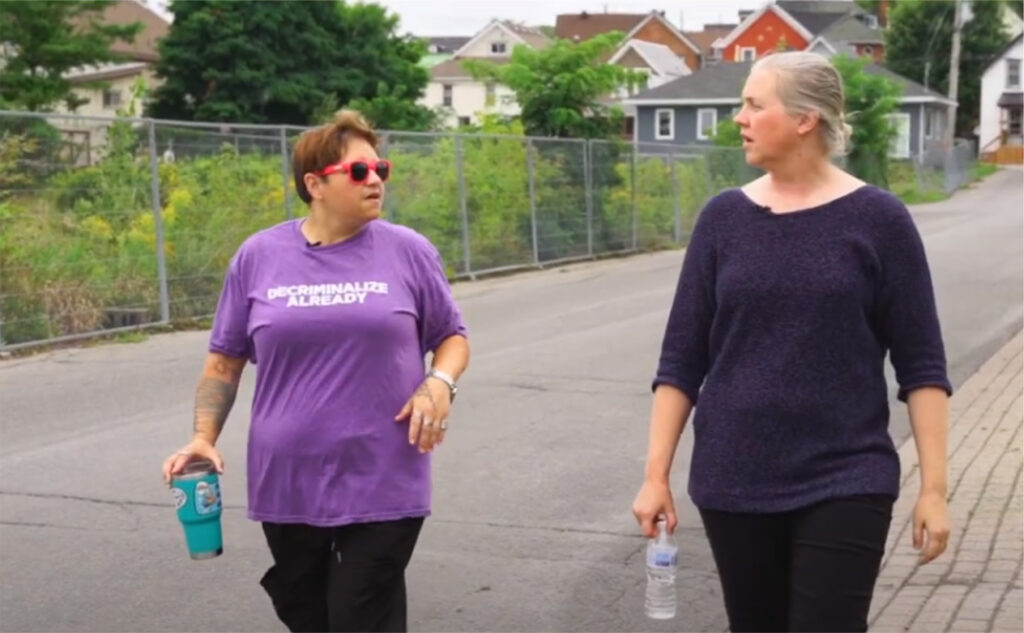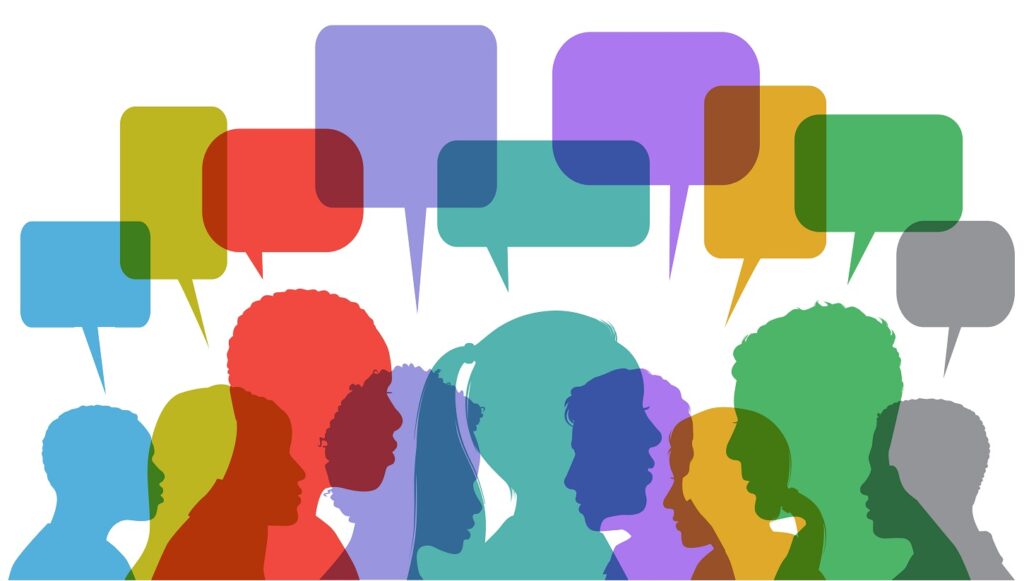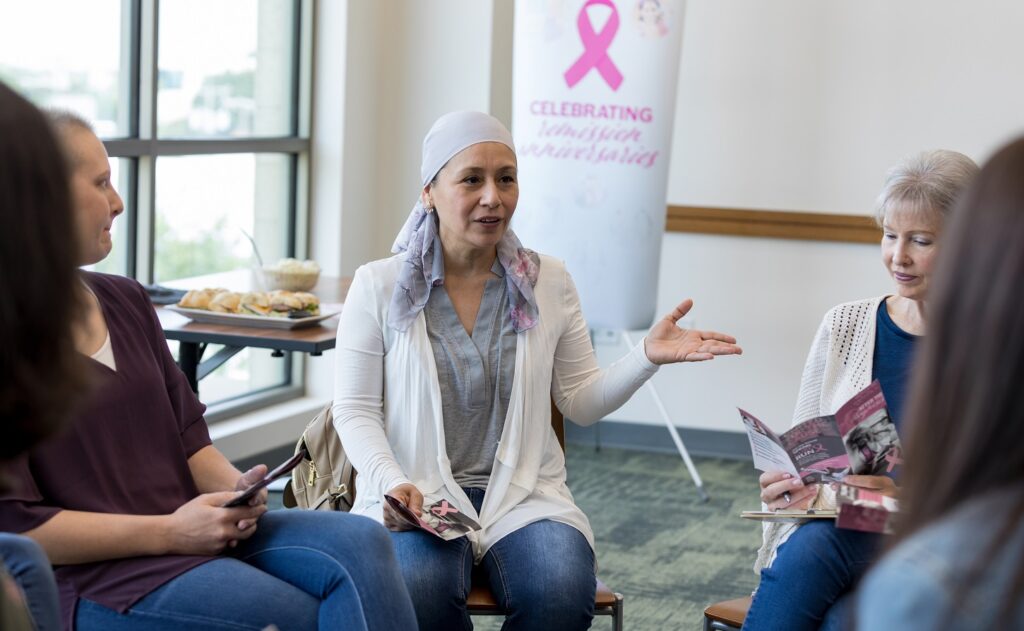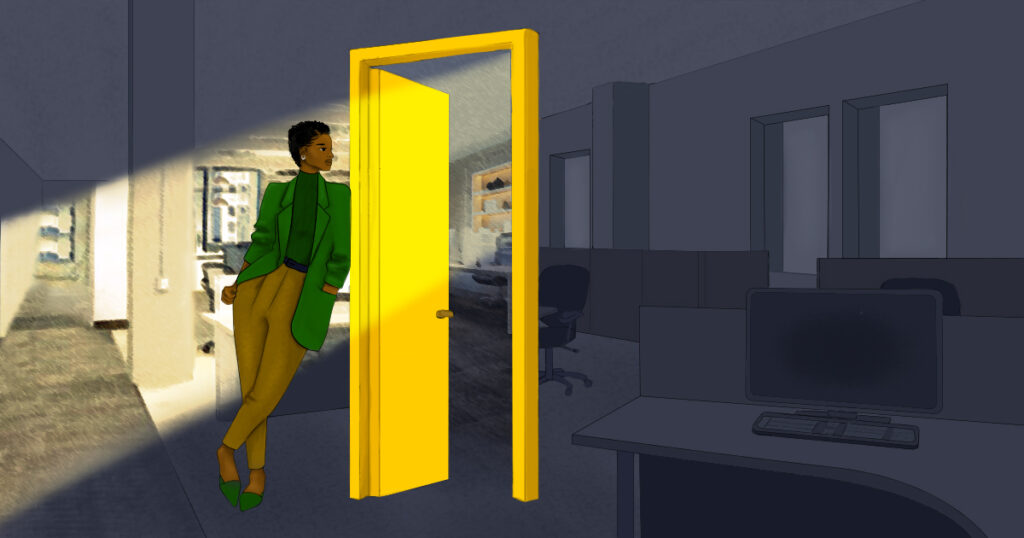
Seeing People, Not Problems
How compassionate health care can alter the trajectories of people who use substances.
If you are in distress, you can call or text 988 at any time. If it is an emergency, call 9-1-1 or go to your local emergency department.

How compassionate health care can alter the trajectories of people who use substances.

Putting substance use on a spectrum creates a space for more open conversations about safer, healthier, more manageable consumption.

The shift away from saying “committing suicide” goes beyond semantics.

Since there’s no cure, those affected must work to manage their symptoms. An innovative hospital program takes an interdisciplinary approach encompassing physical, cognitive, and psychosocial care.

It’s easy to make assumptions about people based on their academic accomplishments, professional successes, or philanthropic contributions. But sometimes if you pull back the curtain, you discover untold depths and hardships that reveal a more valuable story than a five-sentence biography can.

Dr. Manon Charbonneau remembers the day vividly, though she’d rather forget it.
“So that’s it, then — cancer,” she recalls saying in disbelief with her eyes locked on the digital images of her mammogram. The radiologist confirmed the diagnosis, and in a moment her world was “completely dismantled.”

“I’m so glad you’re Black.”
That’s the first thing Donna Richards hears from her new client. But as one of the few African, Caribbean, and Black (ACB) clinicians working in the client’s Employee Assistance Program (EAP) — and one of the few ACB psychotherapists in Canada — she hears it a lot.
You can’t learn anything from a pop up.
But you can learn lots from our digital magazine, the experts, and those who have lived experience. Get tips and insights delivered to your inbox every month for free!
Subscribe to The Catalyst